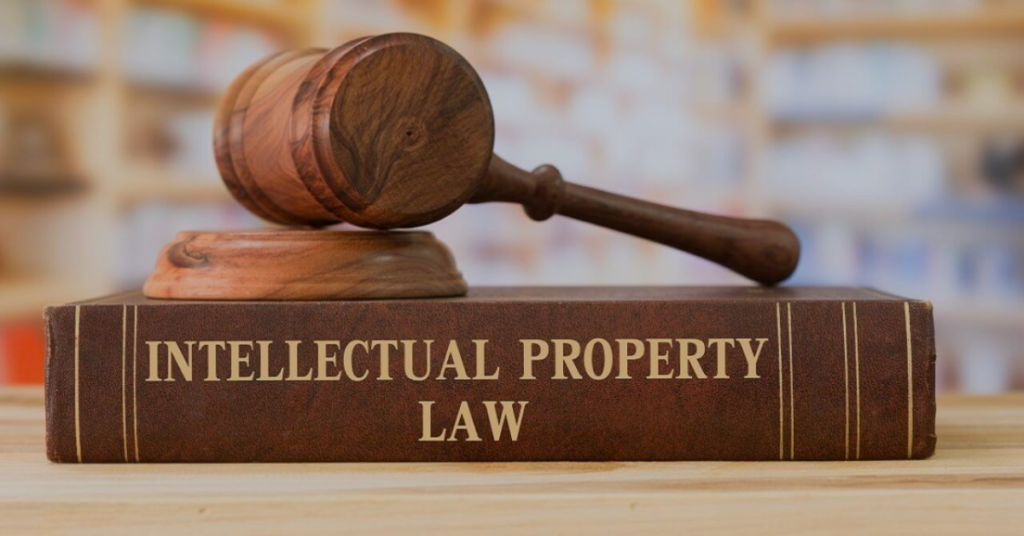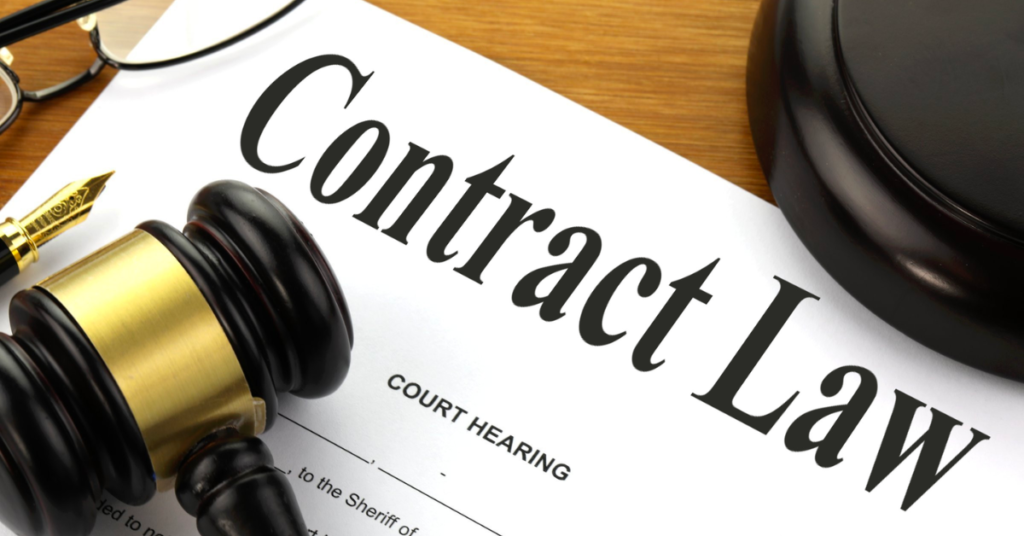Sub-clause (ii): Personal Effects and Income Tax in India – A Comprehensive Guide
Introduction: Understanding Personal Effects under Income Tax Law
In the realm of Indian income tax, understanding the intricacies of various clauses and sub-clauses is crucial for both taxpayers and tax professionals. This article delves deep into sub-clause (ii) relating to "personal effects" and its implications under Indian Income Tax law. We will dissect the definition, explore relevant case laws, and provide a clear understanding of how this provision impacts tax liability.
What are "Personal Effects" Under the Income Tax Act?
The term "personal effects" appears within the context of capital gains taxation under the Income Tax Act, 1961. It is a key component in determining whether the transfer of certain assets will attract capital gains tax. Specifically, the definition is relevant under Section 2(14) of the Act, which defines "capital asset." Capital asset is property of any kind held by an assessee, whether or not connected with his business or profession. However, the following are not included in the definition of a capital asset:
- Stock-in-trade, consumable stores or raw materials, held for the purposes of his business or profession: This excludes assets held for business purposes.
- Personal effects, that is to say, movable property (including wearing apparel and furniture) held for personal use by the assessee or any member of his family dependent on him.
This is where sub-clause (ii) comes into play. It essentially carves out "personal effects" from the broader definition of a capital asset. This exclusion is important because if an asset is not a capital asset, its transfer will not give rise to capital gains tax.
Key Elements of the Definition:
To qualify as "personal effects" under sub-clause (ii), the following conditions must be met:
- Movable Property: The property must be movable, meaning it can be transferred from one place to another. Immovable property like land and buildings are automatically excluded.
- Personal Use: The property must be held for the personal use of the assessee (the person whose income is being assessed) or any member of their family dependent on them. This is a crucial element.
- Examples: The definition explicitly includes "wearing apparel" (clothing) and "furniture" as examples of personal effects.
Items Excluded from the Definition of "Personal Effects" – The Proviso to Section 2(14)
While sub-clause (ii) excludes personal effects, it's important to note that not all movable property held for personal use is excluded from being a capital asset. A proviso to Section 2(14) specifically excludes certain items, meaning these items, even if held for personal use, are treated as capital assets and their transfer will be subject to capital gains tax. These excluded items are:
- Jewellery: This includes ornaments made of gold, silver, platinum, or any other precious metal or alloy containing one or more of such precious metals, whether or not set in any wearing apparel. It also includes precious or semi-precious stones, whether or not set in any wearing apparel, utensils, or other articles or worked or sewn into any wearing apparel.
- Archaeological Collections: These are items of historical or archaeological interest.
- Drawings: Artistic drawings.
- Paintings: Artistic paintings.
- Sculptures: Three-dimensional works of art.
- Any work of art: This is a broad category encompassing various artistic creations.
Important Note: This proviso significantly narrows the scope of "personal effects." While your old clothes are personal effects, your gold necklace and antique painting are not.
"Held for Personal Use" – A Deeper Look
The phrase "held for personal use" is critical to understanding sub-clause (ii). The intention behind this provision is to exclude items that are primarily used for the personal enjoyment or consumption of the taxpayer and their family. The key is that the asset is not held for investment purposes or for generating income.
Factors Considered:
Determining whether an item is "held for personal use" can be subjective, but the following factors are often considered:
- Primary Use: What is the main purpose for which the asset is held? Is it primarily for personal enjoyment, or is it held with the intention of generating income or profiting from its appreciation in value?
- Frequency of Use: How often is the asset used? If an item is rarely used but kept primarily for its investment potential, it may not be considered a personal effect.
- Nature of the Asset: The inherent nature of the asset can also be relevant. For example, a car used for daily commuting is generally considered a personal effect, while a classic car kept solely as an investment might not be.
- Subjectivity: Ultimately, intention matters, but the intention must be demonstrated through action and reasonable assumptions.
Family Dependent on Him
The definition of "personal effects" extends to movable property held for the personal use of the assessee or any member of their family dependent on him. The phrase 'dependent' is a key element.
Who is considered a dependent family member?
Typically, dependent family members include:
- Spouse: Generally, a spouse is considered dependent unless they have a substantial independent source of income.
- Children: Minor children are usually considered dependent. Even adult children may be considered dependent if they are unable to support themselves due to factors like disability, unemployment, or pursuing education.
- Parents: Parents can be considered dependent if they are primarily supported by the assessee.
Case Laws and Judicial Interpretations
While the statutory definition provides a framework, judicial interpretations play a significant role in clarifying the meaning of "personal effects." Courts have often been called upon to decide whether specific items qualify for this exclusion. It is worth noting that there are no landmark cases directly addressing the interpretation of 'personal effects' and tax liability, which emphasizes the importance of clear documentation and potentially seeking professional advice when dealing with borderline cases.
Principles Derived from Jurisprudence on Related Matters:
Although specific cases directly on "personal effects" are scarce, we can derive principles from cases concerning the broader definition of "capital asset" and related concepts:
- Burden of Proof: The onus is generally on the assessee (the taxpayer) to prove that an asset qualifies as a personal effect and is therefore exempt from capital gains tax. Proper documentation is essential to support this claim.
- Substance Over Form: Tax authorities and courts often look at the substance of a transaction rather than just its form. This means that even if an item appears to be a personal effect on the surface, the underlying purpose for which it is held will be scrutinized.
- Liberal Interpretation in Favor of the Assessee: In cases of ambiguity, courts often lean towards a liberal interpretation that benefits the taxpayer, provided that the taxpayer's claim is reasonable and supported by evidence.
Practical Implications and Examples
To illustrate the practical application of sub-clause (ii), consider the following examples:
- Example 1: Selling Old Furniture – You sell your old sofa set and dining table for Rs. 50,000. These items were used for personal use and are movable property. Since they are "personal effects," the sale will not attract capital gains tax.
- Example 2: Selling Jewellery – You sell a gold necklace you inherited from your grandmother for Rs. 2,00,000. Even though you considered it a personal item, jewellery is specifically excluded from the definition of "personal effects" by the proviso to Section 2(14). Therefore, the sale will attract capital gains tax.
- Example 3: Selling an Antique Car – You sell a vintage car that you restored and occasionally used for weekend drives for Rs. 10,00,000. If the assessing officer finds that the car was maintained more as an investment (rarely driven, stored carefully, appreciating value) and the main goal was resale at a higher value, then it can be considered as capital asset. The sale will attract capital gains tax.
- Example 4: Paintings given by Father – Your father, who gifted you many paintings over the years when you were in school passed away. Since he wanted you to have them and now due to some financial constraints you had to sell all of them. The paintings given by your father, who supported you are a personal effect and the transfer wont incur capital gains tax.
Key Considerations for Taxpayers
- Maintain Records: Keep records of the purchase and sale of valuable movable assets, especially those that could be considered jewellery, works of art, or collectibles. This will help you justify your tax position in case of scrutiny.
- Assess the Purpose of Holding: Carefully consider the purpose for which you hold movable property. If the primary intention is investment or profit-making, the item is less likely to be considered a personal effect.
- Seek Professional Advice: If you are unsure whether a particular item qualifies as a personal effect, consult with a qualified tax professional. They can assess your specific situation and provide guidance based on the applicable laws and judicial interpretations.
- Understand the Proviso: Always remember the items excluded by the proviso to Section 2(14). Even if an item seems like a personal effect, it will be treated as a capital asset if it falls within the scope of the proviso.
Conclusion
Understanding the nuances of sub-clause (ii) regarding "personal effects" is crucial for accurate income tax compliance in India. While the basic definition seems straightforward, the interplay of the "held for personal use" requirement, the proviso to Section 2(14), and judicial interpretations can make it challenging to determine the taxability of certain transactions. By understanding the principles outlined in this article and seeking professional advice when needed, taxpayers can navigate this complex area of tax law effectively and avoid potential disputes with tax authorities. The importance of documentation and a clear understanding of your intentions when holding movable property cannot be overstated.




